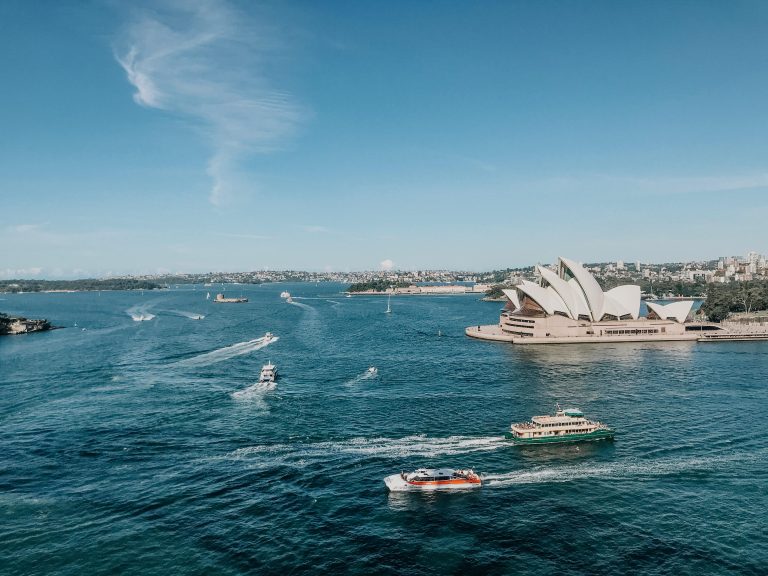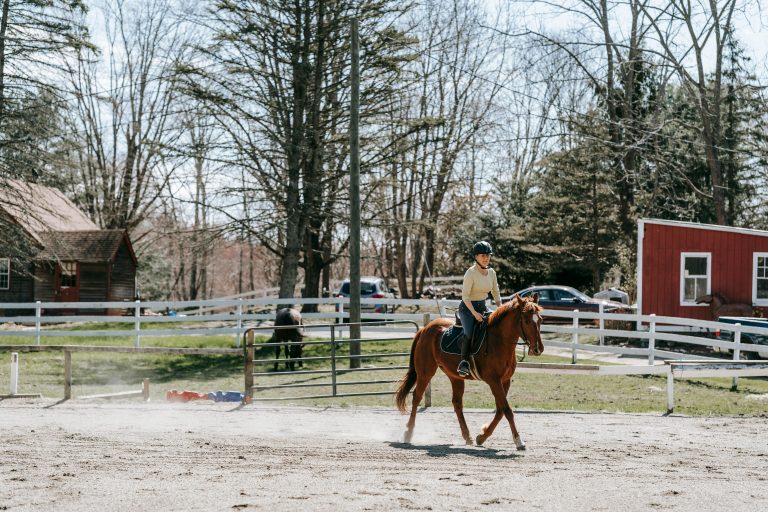Where do most Muslims live in Australia?
Introduction: Muslims live in Australia
“Where do most Muslims live in Australia?” Australia, known for its multiculturalism, hosts a diverse range of communities. In recent decades, the Muslim population in the country has grown significantly, contributing to the vibrant tapestry of Australian society. This article explores the geographical distribution, cultural impact, challenges faced, and the future outlook of the Muslim community in Australia.

Historical Context
“Where do most Muslims live in Australia?” To understand the current distribution of Muslims in Australia, it’s essential to delve into the historical context. Muslims have been present in Australia since the early days of European settlement. Afghan cameleers, commonly known as ‘Afghan Australians,’ played a crucial role in the development of the outback, leaving behind a lasting legacy.
Demographic Distribution
The Muslim population in Australia is not evenly spread across the nation. Concentrations are notably higher in urban areas, with Sydney and Melbourne being the primary hubs. Suburbs such as Lakemba and Auburn in Sydney boast a rich Muslim culture, reflecting the diversity within the community.
Cultural Impact
Muslim Australians have made significant contributions to the cultural fabric of the country. From arts and cuisine to sports and academia, their influence is pervasive. This cultural integration is a testament to Australia’s commitment to diversity and inclusivity.
Places of Worship
The presence of mosques and Islamic centers is a key indicator of Muslim population distribution. These places not only serve as places of worship but also as community hubs, fostering a sense of belonging and solidarity among the followers of Islam.
Socio-Economic Landscape
Muslim communities actively participate in Australia’s economic landscape. Entrepreneurs, professionals, and skilled workers contribute to the nation’s prosperity. Understanding this economic engagement is vital in appreciating the multifaceted role of Muslims in Australian society.
Challenges Faced
Despite the positive aspects, Muslim Australians encounter various challenges, including social stigmas and cultural misunderstandings. Addressing these issues is crucial for fostering unity and harmony within the broader Australian community.
Community Organizations
To navigate the challenges, Muslim communities have established numerous organizations that provide support, guidance, and advocacy. These organizations play a pivotal role in enhancing the well-being of the Muslim population in Australia.

Education
Education is a key aspect of community development. Muslim educational institutions across the country contribute to the academic growth of young Muslims while promoting cultural awareness and understanding.
Celebrations and Festivals
Muslims in Australia celebrate a variety of religious and cultural festivals, contributing to the nation’s rich tapestry of festivities. Understanding and appreciating these celebrations is integral to fostering intercultural harmony.
Interfaith Harmony
Promoting positive relations with other religious communities is a priority for Muslims in Australia. Interfaith dialogues and collaborative initiatives aim to build bridges and enhance understanding among diverse religious groups.
Media Representation
Media plays a significant role in shaping public perceptions. The article explores the portrayal of Muslims in Australian media, addressing stereotypes and the importance of accurate representation.
Future Trends
Looking ahead, the Muslim population in Australia is expected to continue growing. Understanding future trends is crucial for policymakers and communities alike to ensure effective integration and harmonious coexistence.
Conclusion
In conclusion, the distribution of Muslims in Australia reflects the nation’s commitment to multiculturalism. Understanding the historical context, cultural impact, and challenges faced by the Muslim community is essential for fostering unity and inclusivity.




Leave a comment